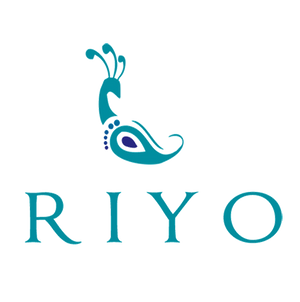As a jewelry enthusiast or a savvy shopper, understanding the authenticity of silver is crucial. Whether you're purchasing new pieces or evaluating your existing collection, being able to test silver at home can save you from costly mistakes and ensure you're getting the quality you deserve. In this comprehensive guide, we'll explore the various methods and techniques you can use to test silver at home, empowering you to make informed decisions about your silver purchases.
Understanding Silver Purity
Silver is a precious metal that is often alloyed with other metals to enhance its durability and workability. The purity of silver is typically measured in parts per thousand, also known as the silver fineness. The most common silver fineness is 925, which means the silver alloy contains 92.5% pure silver and 7.5% other metals, usually copper.
It's important to note that not all silver jewelry or silverware is 925 sterling silver. Some pieces may be made of lower-quality silver alloys, such as 800 or 900 fineness. Knowing how to identify the purity of your silver is essential to ensure you're getting the value you expect.
Visual Inspection
One of the simplest ways to test silver at home is through a visual inspection. Here are some key things to look for:
Color
Genuine sterling silver has a distinct, lustrous white-gray color. If the item appears dull, discolored, or has a yellowish tint, it may not be pure silver.
Hallmarks
Authentic silver pieces often have hallmarks or stamps that indicate the silver's purity and the manufacturer's mark. Look for hallmarks such as "925," "SS," or the manufacturer's logo.
Tarnish
Sterling silver is prone to tarnishing over time, developing a dark, dull patina. If the item doesn't tarnish or tarnishes unevenly, it may not be pure silver.
Scratches
Gently scratch the surface of the item with a metal tool. Pure silver will reveal a shiny, metallic scratch, while lower-quality alloys may appear dull or have a different color.
Magnet Test
Silver is not magnetic, so using a magnet can be a simple way to test the authenticity of your silver items. Simply hold a strong magnet near the item. If the item is attracted to the magnet, it is not pure silver.
Acid Test
The acid test is a more reliable method for determining the purity of silver. This test involves applying a small amount of nitric acid to the surface of the silver item. Here's how to perform the acid test:
- Obtain a silver testing kit or nitric acid solution specifically designed for testing silver.
- Carefully apply a small drop of the acid solution to an inconspicuous area of the item, such as the underside or the back.
- Observe the reaction. If the item is pure sterling silver (925 fineness), the acid will create a green-blue reaction. If the item is not pure silver, the acid will create a different reaction, such as a white or cloudy appearance.
It's important to note that the acid test can be damaging to the item, so it's best to perform it on an inconspicuous area or on a small, hidden portion of the item.
Specific Gravity Test
The specific gravity test is a more advanced method for determining the purity of silver. This test involves measuring the density of the silver item and comparing it to the known density of pure silver.
To perform the specific gravity test, you'll need a digital scale and a container of water. Here's the process:
- Weigh the silver item in the air and record the weight.
- Submerge the item in water and weigh it again.
- Calculate the specific gravity of the item using the formula: Specific Gravity = Weight in Air / (Weight in Air - Weight in Water).
- Compare the calculated specific gravity to the known specific gravity of pure silver, which is 10.49. If the item's specific gravity is close to 10.49, it is likely pure silver.
This test requires some precision and can be more challenging to perform at home, but it can provide a more accurate assessment of the silver's purity.
Conclusion
Knowing how to test silver at home is a valuable skill for any jewelry enthusiast or savvy shopper. By using a combination of visual inspection, magnet tests, acid tests, and specific gravity tests, you can confidently evaluate the authenticity and purity of your silver items. Remember to always exercise caution when using chemicals and to seek professional assistance if you're unsure about the testing process. With these techniques, you can make informed decisions and ensure you're getting the quality and value you deserve.



